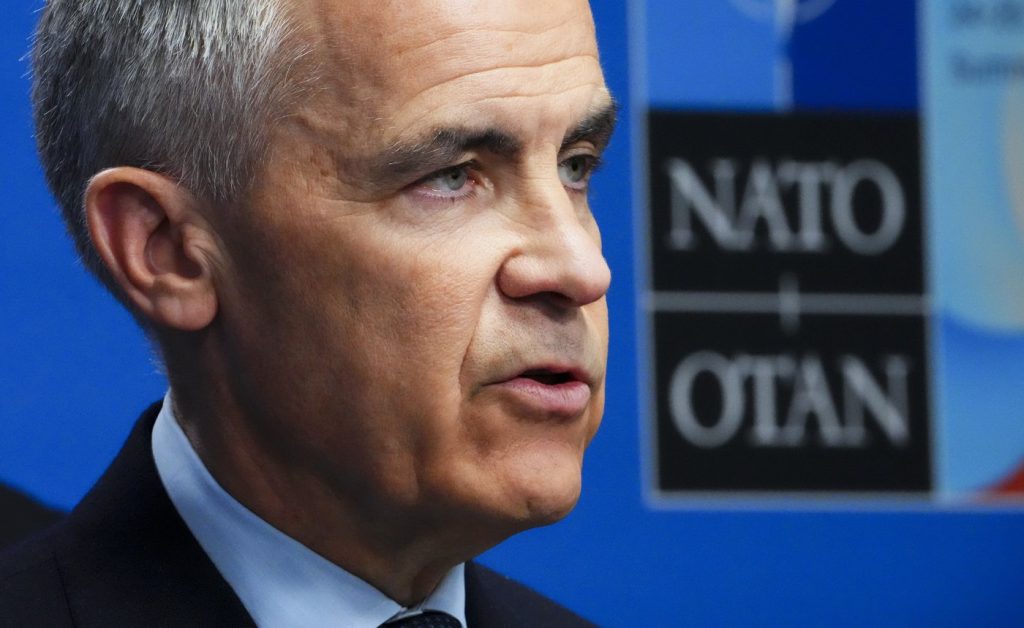Prime Minister Mark Carney announced Wednesday that Canada, along with its NATO allies, has committed to significantly increasing defence spending to five per cent of annual GDP by 2035. This new target breaks down into 3.5 per cent for core defence needs and an additional 1.5 per cent for related areas like infrastructure and cybersecurity. This ambitious pledge marks a substantial shift for Canada, which has historically lagged in meeting NATO’s previous two per cent target.
The decision for a 2029 review of the spending pledge has raised questions, as it aligns with the end of U.S. President Donald Trump’s current term. While Carney attributed the timing to the need for the commitments to adapt to the global security landscape, the move also comes amid pressure from Trump, who has consistently pushed allies to increase their contributions and even questioned the U.S. commitment to NATO’s collective defence (Article 5) for nations not meeting targets. However, following the agreement, Trump affirmed his stance on Article 5, stating, “I stand with it. That’s why I’m here.”
The exact breakdown of military equipment and other purchases to meet the 3.5 per cent core defence target by 2035 remains unspecified, with Carney citing the rapid evolution of technology and warfare, including the increasing role of drones and quantum tech in cyber threats. The 1.5 per cent for military-adjacent spending, however, offers more flexibility. A senior Canadian government official indicated it could include dual-purpose projects like roads, major Arctic ports, and even upgrades to rail infrastructure, arguing these support national and economic security. Carney also suggested that efforts to access critical minerals for allies could contribute to this target, emphasizing the need for a “proper accounting” and a “deliberate and strategic” approach to existing expenditures.
Canada is not alone in facing the challenge of meeting this new, higher target. Spain’s Prime Minister Pedro Sánchez initially claimed an exclusion from the updated goal, and Slovakian Prime Minister Robert Fico suggested neutrality due to the “absurd” spending share. Despite initial reservations, both countries, along with Italy, ultimately approved the new target. France, the U.K., the Netherlands, and Germany had already committed to the five per cent goal. NATO Secretary-General Mark Rutte affirmed that no country could opt out, with progress to be reviewed in four years.
Earlier this month, Carney had stated that meeting the previous two per cent target would require “sacrifice.” However, he shifted his message on Wednesday, asserting that increased defence spending would actually stimulate economic growth, making these investments “net-additive” rather than a trade-off. He suggested that any “sacrifices” or “trade-offs” would occur closer to the end of the decade or beyond.
Historically, Canada’s defence spending hasn’t reached five per cent of GDP since the 1950s, nor has it exceeded two per cent since 1990, despite the two per cent target being a NATO standard since 2014. In 2024, NATO estimated Canada spent $41 billion on defence, or 1.37 per cent of GDP. Carney estimates that reaching five per cent of GDP would translate to a staggering $150 billion annual defence budget for Canada. While some, like former Canadian ambassador to NATO Kerry Buck, have criticized the singular focus on the spending metric as “stupid,” they acknowledge its political weight and the underlying need for robust military and diplomatic investment.

